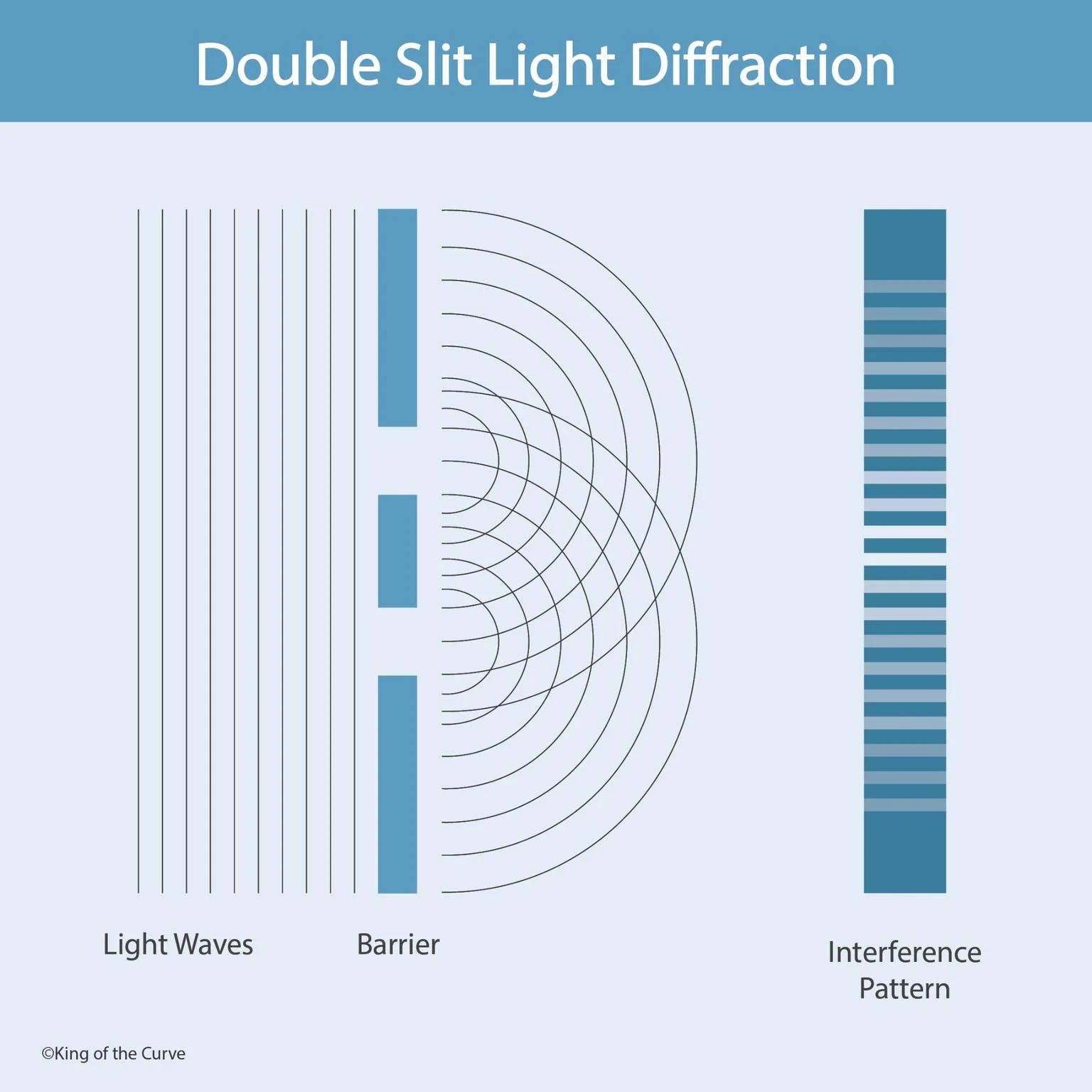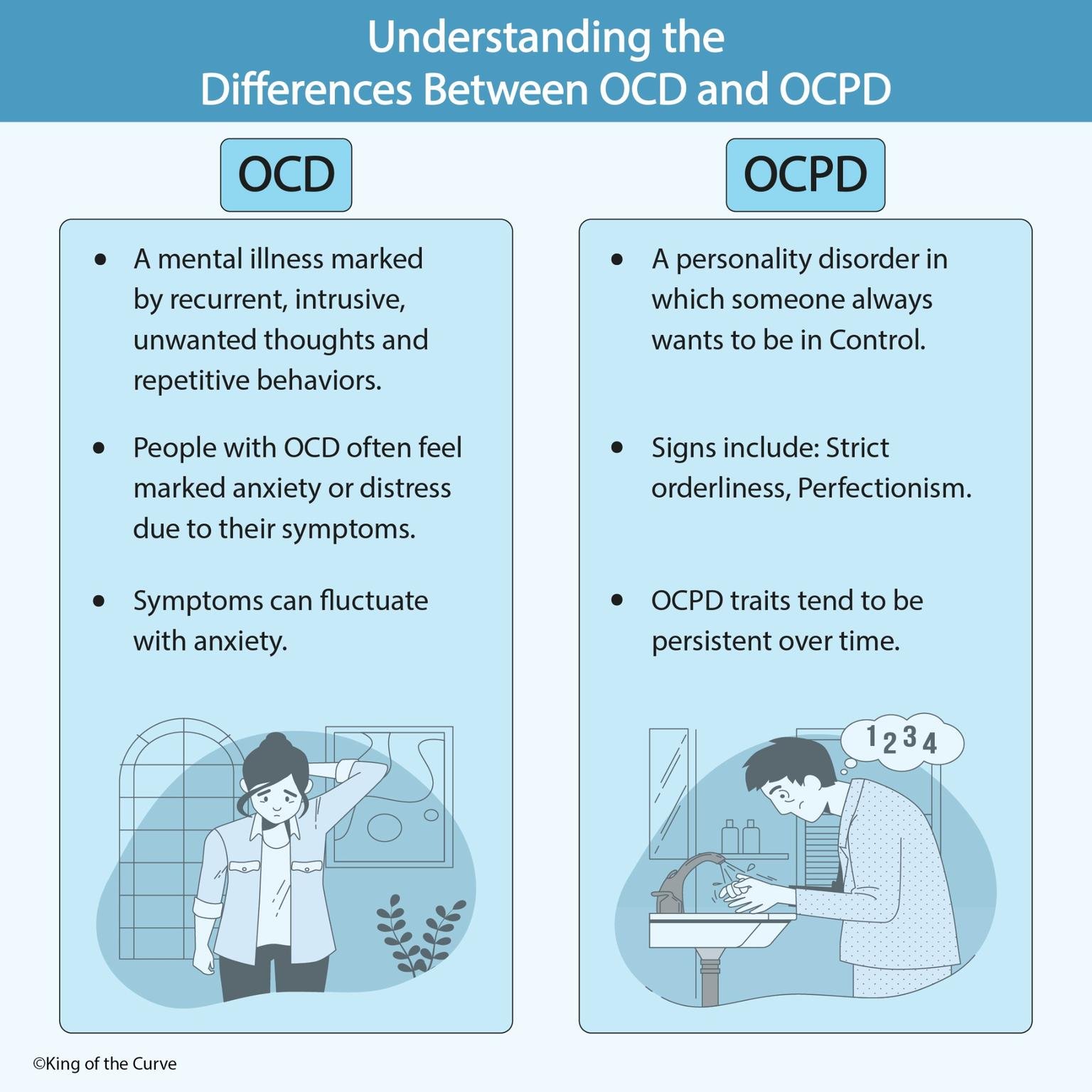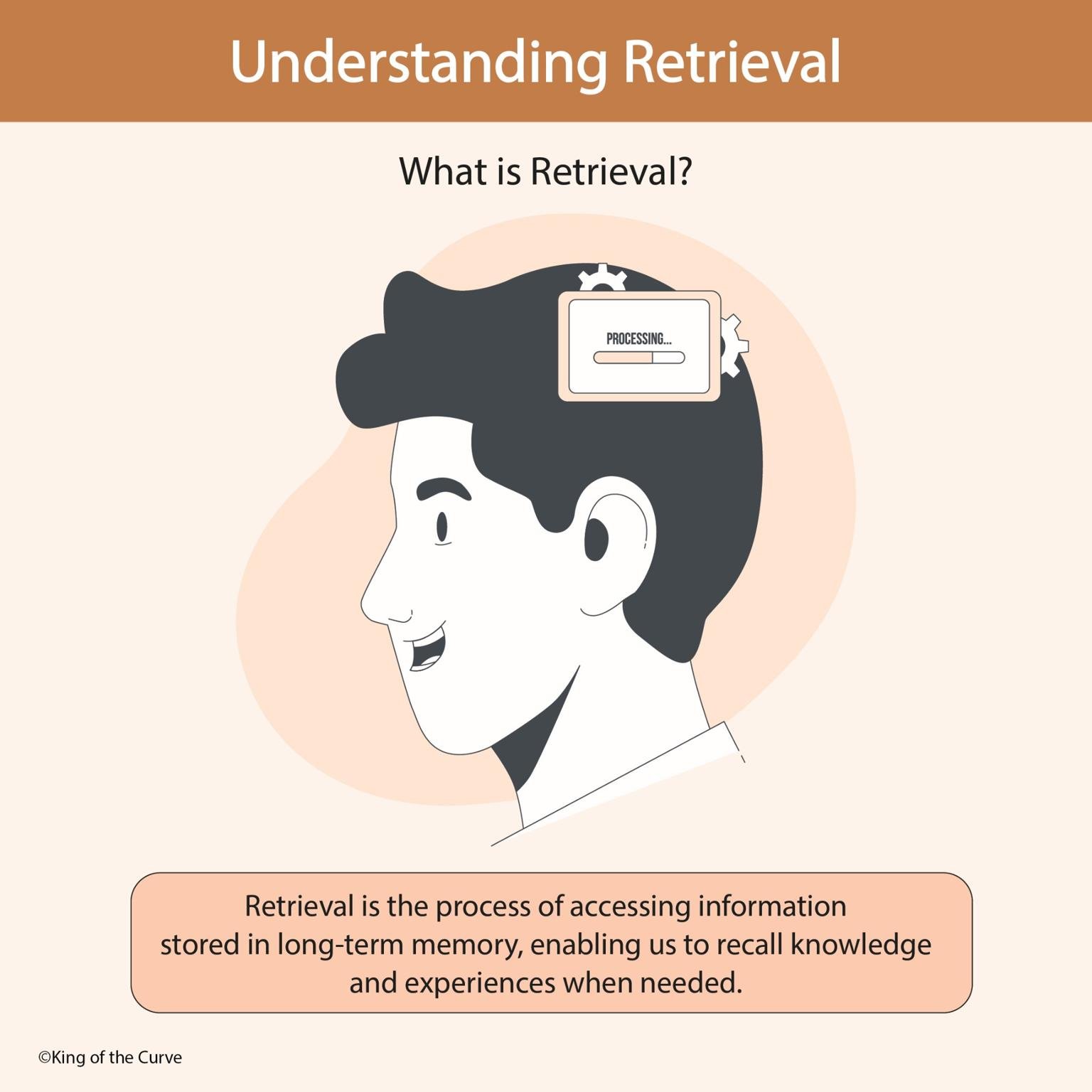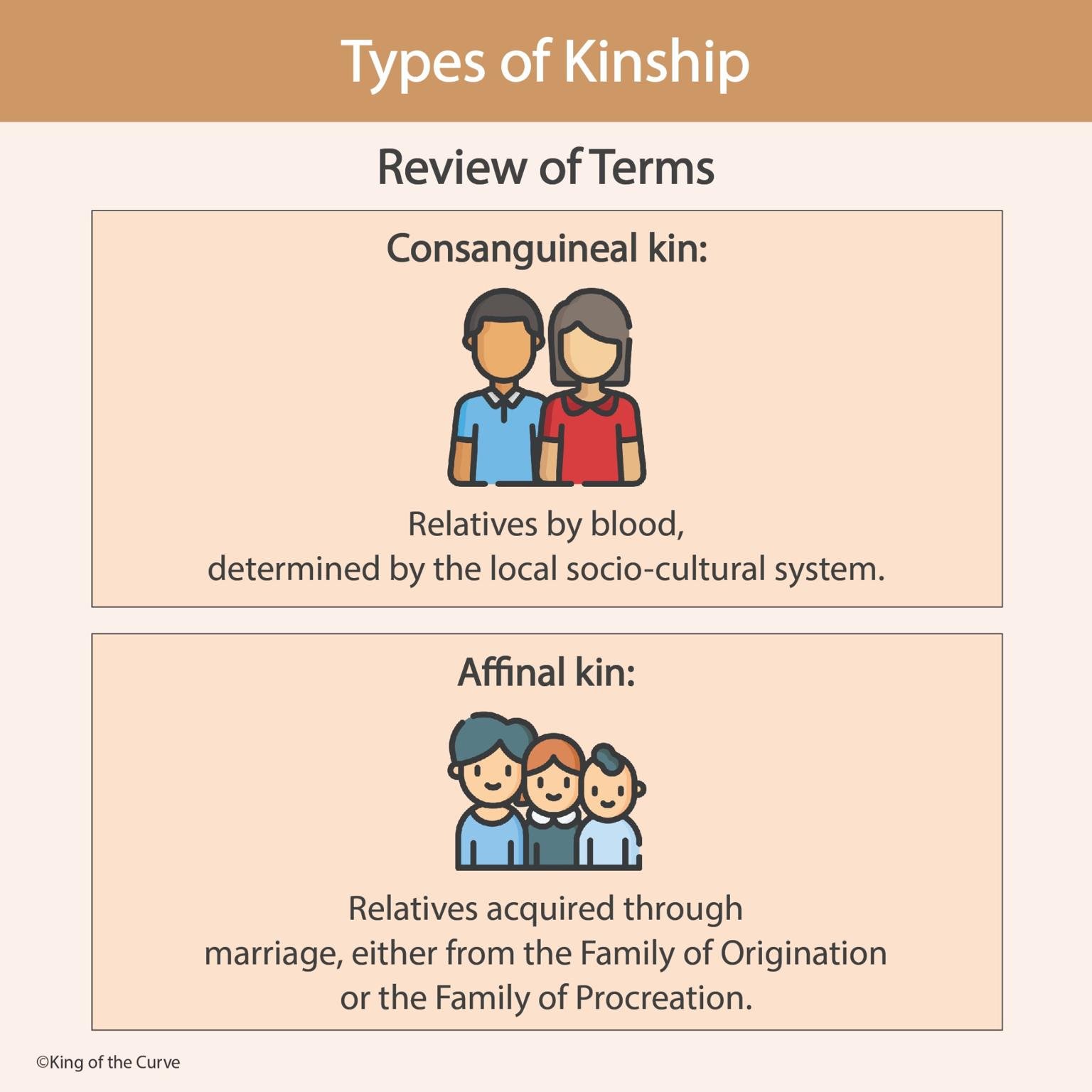
👑“What Is King of the Curve? Why Pre-Meds Are Talking About This MCAT App”
King of the Curve is the MCAT prep app pre-meds can’t stop talking about—and for good reason. With adaptive questions, multiplayer study games, and visual learning, KOTC turns stress into strategy. Here’s what makes it different from every other MCAT app in 2025.

🧠 Anatomy of the Stomach: MCAT-Ready Visual Breakdown
Learn the anatomy of the stomach for the MCAT with this visual guide. Covers key regions, digestive functions, and a labeled KOTC diagram to master GI structure.

🌊 Archimedes’ Principle: The Physics of Buoyancy (MCAT Visual)
Learn how Archimedes’ Principle explains buoyancy. This MCAT-ready guide uses visuals to show how fluid displacement equals upward force in water.

⚛️ Atoms, Ions, and Isotopes: What’s the Difference? (MCAT Visual Breakdown)
Confused about atoms, ions, and isotopes? This MCAT-ready guide explains how they differ by protons, electrons, and neutrons—plus a custom KOTC infographic.
![📈 Is King of the Curve Good for the MCAT? [Real Scores & Success Stats]](https://images.squarespace-cdn.com/content/v1/64aa25ba0f9b2a46585e0148/1752779505531-NDJE2DTV8WWWK8WCG129/MCAT+Score+Average+King+of+the+Curve.png)
📈 Is King of the Curve Good for the MCAT? [Real Scores & Success Stats]
Wondering if King of the Curve is good for the MCAT? See real scores, success stats, and why 100,000+ students use this gamified MCAT prep app.

🎡 Centripetal vs Centrifugal Force: What’s Real and What’s Not? (MCAT Physics Visual)
Learn the difference between centripetal and centrifugal forces with this MCAT-ready visual breakdown. Includes physics formulas, examples, and strategy tips.

🌈 Double Slit Light Diffraction Explained: MCAT Physics Visual Guide
Master double slit light diffraction with this MCAT physics breakdown. Includes wave interference concepts, equations, and a custom King of the Curve infographic.

🦠 Enveloped vs. Non-Enveloped Viruses: A Visual MCAT Breakdown
Learn the difference between enveloped and non-enveloped viruses for the MCAT. Includes examples, structure, and a King of the Curve visual breakdown.

🧠 OCD vs OCPD: What’s the Difference and Why It Matters for the MCAT
Confused between OCD and OCPD? This visual MCAT guide breaks down the differences, symptoms, and test strategies—plus a KOTC infographic to lock it in.

🧭 Understanding Social Stratification
Learn what social stratification means, its impact on access to resources, and how factors like income, education, and gender affect class structure. Ideal for MCAT prep.

📈 Understanding Social Mobility: Types & Real-Life Examples
Explore the concept of social mobility with real-world examples. Learn about vertical, horizontal, and generational mobility types in simple terms.

🧠 Understanding Retrieval: Unlocking the Vault of Memory
Learn how retrieval works in memory. Explore recall, recognition, and relearning—perfect for MCAT or USMLE prep.

🧠 Understanding Prejudice: A Social Psychology Insight for the MCAT
Learn what globalization means and how it influences political, economic, and cultural systems globally. Perfect for MCAT social sciences review.

🌍 Understanding Globalization: The Ties That Bind Our Modern World
Learn what globalization means and how it influences political, economic, and cultural systems globally. Perfect for MCAT social sciences review.

😴 Types of Sleep Disorders on the MCAT
Learn how to distinguish Dyssomnias and Parasomnias for the MCAT with real examples, clinical insight, and test-day tips.

🧠 Understanding Types of Individual Traits for the MCAT
Learn cardinal, central, and secondary traits for the MCAT with definitions, visuals, and scenarios. Psychology made easy by King of the Curve.

🧬 Types of Kinship: Understanding Social Bonds for the MCAT
Learn the difference between consanguineal and affinal kinship for the MCAT. Includes definitions, examples, and practice scenarios with KOTC visuals.

🧠 Types of Attention: How the Brain Focuses
Learn the four major types of attention with MCAT-relevant examples, scenarios, and strategic takeaways. Visual infographic included.

🧠 Three Theories of Language Development: MCAT Study Breakdown
Learn the behaviorist, nativist, and interactionist theories of language development for the MCAT. Includes chart, examples, and sample question.

🧠 The Seven Universal Human Emotions on the MCAT: Recognizing Core Affective States
Learn about the seven universal human emotions and how they appear on the MCAT. Includes tips, tables, sample question, and visuals.
